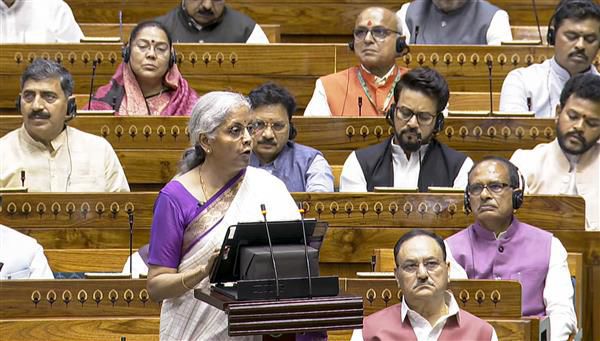EMPLOYMENT was undoubtedly the leitmotif of Modi 3.0’s first Budget. This 10-letter word figured no less than 33 times in the text of Finance Minister Nirmala Sitharaman’s speech. With employment — or rather, unemployment — being one of the key factors that contributed to the BJP’s underwhelming performance in the recent Lok Sabha elections, the government has been under pressure to prioritise jobs and skilling in a bid to win over disgruntled young voters. The Budget has made a provision to incentivise job creation in the manufacturing sector through a scheme linked to recruitment. This is significant for the world’s fastest-growing major economy, which cannot afford to let its march be impeded by a crippling job crisis.
Overall, the Budget has a package of five schemes aimed at facilitating employment and skilling, with an allocation of Rs 2 lakh crore. While the focus on employability is a step in the right direction, much will depend on the industry’s cooperation and the government’s support. Both will have to work in tandem to make a difference on the ground. The ruling party has also tried to reach out to its core vote bank — the middle class — by enhancing the standard deduction for salaried employees and the deduction on family pension for pensioners. This class has been grappling with rising prices; more money in the pocket due to this relief can give a much-needed push to consumption.
The Budget bears the unmistakable stamp of coalition compulsions, with major announcements being made for Bihar and Andhra Pradesh to boost development through special financial packages. Both states are ruled by parties that are indispensable allies of the BJP at the Centre. However, this disproportionate emphasis on the duo, duly slammed by the Opposition, has exposed the hollowness of the government’s grand slogan of Sabka Saath, Sabka Vikas.









